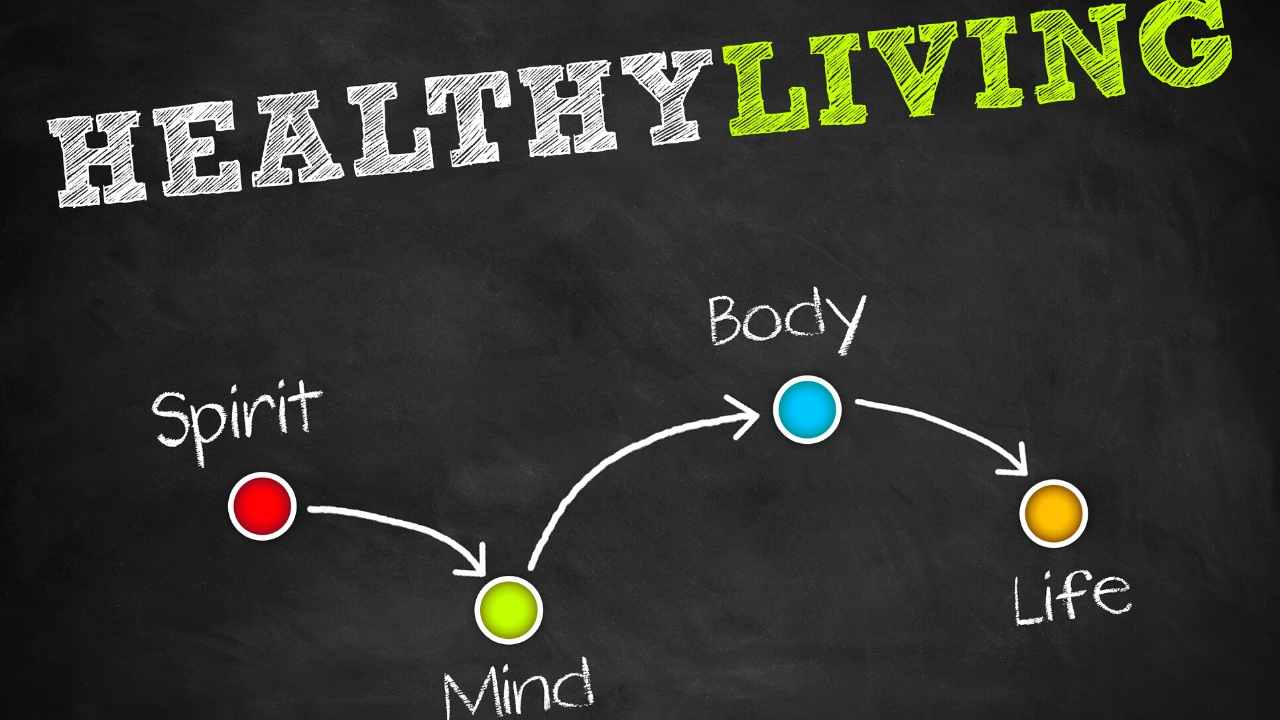
Walking is the main gait used by terrestrial animals for locomotion. It is slower and more difficult than other gaits. Walking is the most efficient method of moving around, and it's not like other locomotion methods. However, there are many other benefits to walking. Continue reading to find out the most common gait used by humans.
Walking can help improve your mood and inspire you to achieve your goals. According to one study, walkers who are regular had higher health perceptions and felt better than those who weren't. Walking is great for the soul and body. It also helps you maintain a healthy diet. For this reason, walking is a great way to make new friends. Walking has many other benefits. You can walk from your home or to a nearby park.

Walking is good for the heart. One study that involved 1,000 women found that people who walked at least 30 minutes each day saw a reduction in their sick days of 43%. They also suffered fewer symptoms and days of sickness. It doesn't make a difference if you're just starting out with walking, or how experienced you are. Walking can be a great way for more exercise and better health. Just make sure you're getting enough physical activity to prevent illness. It is easier to stay healthy if you do it more often.
Walking lowers stress levels and helps to control blood pressure. It helps older people walk more easily because it strengthens the lower muscles. It reduces the chance of falling and improves mental well-being. Walking can be an effective way to manage chronic conditions. It also allows you to maintain your independence. Walking can also be helpful in managing chronic conditions such as pain. It can reduce depression and even lower the risk of developing dementia if it is done daily.
Besides improving your health, walking can help you feel good about yourself. A simple walk can make someone feel happier than a daily commute, according to researchers. The same applies for sedentary people, for example. Even though their lives are busy, a daily walk can help them get good sleep. And while walking can be fun and relaxing, it also has numerous other benefits. It helps to calm your mind and improves your mood.

A recent study suggests that walking can increase creativity. Research on creativity showed that women who walked more than an hour per day generated more creative ideas than women who sat in front of computers. It also helped improve their sleep quality, which made it an excellent way to connect with friends and listen audiobooks. She also felt more confident and healthier. Regardless of the age or gender, you can always benefit from walking.
FAQ
What can you do for your immune system to improve?
The human body is made up of trillions and trillions of cells. These cells collaborate to create organs, tissues and other functions. A cell that dies will be replaced by another. Chemical signals, called hormones, allow cells to communicate with each other. Hormones regulate every bodily process, from growth and development to metabolism as well as immunity.
Hormones are chemicals secreted by glands throughout the body. They travel through the blood stream and act like messengers to control how our bodies function. Some hormones are produced internally while others are made outside of the body.
Hormone production begins when a hormone-producing gland releases its contents into the bloodstream. Once hormones are released they move through the bloodstream until they reach their intended organ. Some hormones are only active for a brief time. Other hormones stay active longer and continue to influence the body's functioning even after they leave the bloodstream.
Some hormones can be produced in large amounts. Others are only produced in very small quantities.
Some hormones are only produced at certain times in your life. Estrogen is one example. It's produced in puberty, pregnancy and menopause. Women can get estrogen to build breasts, prevent osteoporosis, and keep their bones healthy. It promotes hair growth as well as keeping skin soft and smooth.
Which lifestyle is best for your health?
Healthy lifestyles include eating healthy food, regular exercise, good sleep, and avoiding stress. You will live a long and happy life if you adhere to these guidelines.
Small changes to your diet or exercise routine can help you start losing weight. You can lose weight by walking 30 minutes each day if you are looking to lose weight. If you're looking for a way to increase your activity, consider taking up swimming or dancing. You could also join an online fitness program like Fitbit or Strava that tracks your activity levels.
How often do I need to exercise?
A healthy lifestyle requires regular exercise. However, there isn't a set amount of time you must spend working out. The key is finding something you enjoy and stick with it.
Three times a week, you should be aiming to complete 20-30 mins of moderate intensity activity. Moderate intensity will mean that you'll continue to be exerting yourself afterward. This type of workout burns around 300 calories.
If you prefer to walk, go for 10 minute walks four days a week. Walking is low impact and easy on your joints.
If you'd rather run, try jogging for 15 minutes three times a week. Running is a great way of burning calories and building muscle tone.
You should start slowly if it's your first time exercising. Start with just 5 minutes of cardio a few times a week. Gradually increase the amount of cardio you do until you reach your goal.
How do I count calories?
You might be asking "What is the best diet?" or "is counting calories necessary?" It depends on many factors such as your current health, personal goals, preferences, and overall lifestyle.
The Best Diet - Which One Is Right To You?
The best diet depends on me, my health, my goals, my preferences and my overall lifestyle. There are many different diets, some good and some not so good. Some diets work for some people, while others are not. So what do I do? How can I make the best decision?
This article aims at answering these questions. It begins by briefly describing the various diets available today. Then, the pros and cons of each type of diet are discussed. Finally, we'll discuss which one is best.
To begin, let's take a quick look at the different types of diets.
Diet Types
There are three main types, low fat, high protein, or ketogenic diets. Let's discuss them briefly below.
Low Fat Diets
A low-fat diet restricts fat intake. This is done by reducing your intake of saturated oils (butter, cream cheeses, etc.). and replacing them with unsaturated fats (olive oil, avocados, etc.). Low fat diets are often recommended to those who wish to lose weight quickly. This diet can cause problems such constipation as heartburn, indigestion, and even stomach pain. In addition, it may lead to vitamin deficiencies if a person doesn't get enough vitamins from their food.
High Protein Diets
High protein diets discourage carbohydrates and encourage the use of proteins. These diets usually have higher amounts of protein than other diets. These diets are intended to increase muscle mass and reduce calories. One problem is that they might not be sufficient to provide regular nutrition. They are not suitable for all people because they can be restrictive.
Ketogenic Diets
Ketogenic diets are also known as keto diets. They are high in fat and moderate in protein and carbs. Athletes and bodybuilders use them because they allow them more time and harder training without feeling fatigued. But, they require strict adherence to avoid negative side effects like nausea, headaches, and fatigue.
What should my weight be for my age and height? BMI calculator and chart
To determine how much weight loss you need, a BMI calculator is your best friend. A healthy BMI range should be between 18.5 and 24,000. If you want to lose weight, then you should aim to drop about 10 pounds per month. To calculate your BMI, simply enter your height and weight into the BMI calculator.
Check out this BMI chart to determine if you are overweight or obese.
Get immune enhancement with herbs and supplements
To boost immunity function, herbs and natural remedies are available. Examples include ginger, garlic and oregano oils, echinacea, vitamin C, ginkgo loba, and echinacea.
However, these herbal remedies should not replace conventional medical treatment. Side effects include nausea, diarrhea and stomach cramps, headaches and dizziness.
Statistics
- WHO recommends consuming less than 5% of total energy intake for additional health benefits. (who.int)
- According to the Physical Activity Guidelines for Americans, we should strive for at least 150 minutes of moderate intensity activity each week (54Trusted Source Smoking, harmful use of drugs, and alcohol abuse can all seriously negatively affect your health. (healthline.com)
- Extra virgin olive oil may benefit heart health, as people who consume it have a lower risk for dying from heart attacks and strokes according to some evidence (57Trusted Source (healthline.com)
- In both adults and children, the intake of free sugars should be reduced to less than 10% of total energy intake. (who.int)
External Links
How To
What does the term "vitamins" mean?
Vitamins are organic compounds that can be found in foods. Vitamins allow us to absorb nutrients from food. Vitamins are not made by the body, so they must be obtained through food.
Two types of vitamins exist: water-soluble vitamin and fat-soluble vitamin. Water-soluble vitamins dissolve quickly in water. Examples include vitamin C,B1 (thiamine), B2 (riboflavin), B3 (niacin), B6 (pyridoxine), folic acid, biotin, pantothenic acid, and choline. Fat soluble vitamins are stored in the liver and fatty tissue. Vitamin D, E, K and A are some examples.
Vitamins are classified based on their biological activity. There are eight main groups of vitamins.
-
A - essential for normal growth and maintenance of health.
-
C - essential for nerve function and energy generation.
-
D - Essential for healthy teeth and bones.
-
E is needed for good reproduction and vision.
-
K - Required for healthy nerves and muscles.
-
P - Essential for strong bones and teeth.
-
Q - Aids in digestion and absorption.
-
R - Red blood cells are made from red blood cells.
The recommended daily intake (RDA), of vitamins varies with age, gender and physical condition. RDA values are set by the U.S. Food and Drug Administration (FDA).
For adults 19 years and over, the RDA of vitamin A is 400mg per day. Because it is essential for the development of the fetus, pregnant women should consume 600 micrograms per daily. Children ages 1-8 require 900 micrograms per day. Infants below one year old require 700mg per day. But, between 9 months to 12 months, the amount drops to 500mg per day.
Children between the ages of 1-18 need 800 micrograms per daily for obesity, while children overweight require 1000 micrograms. Children underweight or obese will need 1200 mg per day.
Children between 4 and 8 years old with anemia will need 2200 micrograms daily of vitamin C.
2000 micrograms per person is necessary for general health. Breastfeeding or pregnant women require 3000 micrograms per daily due to higher nutrient demands.
Adults over 70 require 1500 micrograms each day, since they lose around 10% of their muscle mass every decade.
Women who are pregnant and lactating need more nutrients than the RDA. Pregnant and breastfeeding women require 4000 micrograms each day during pregnancy and 2500 Micrograms each day after delivery. Breastfeeding mothers need 5000 micrograms per day when breast milk is being produced.